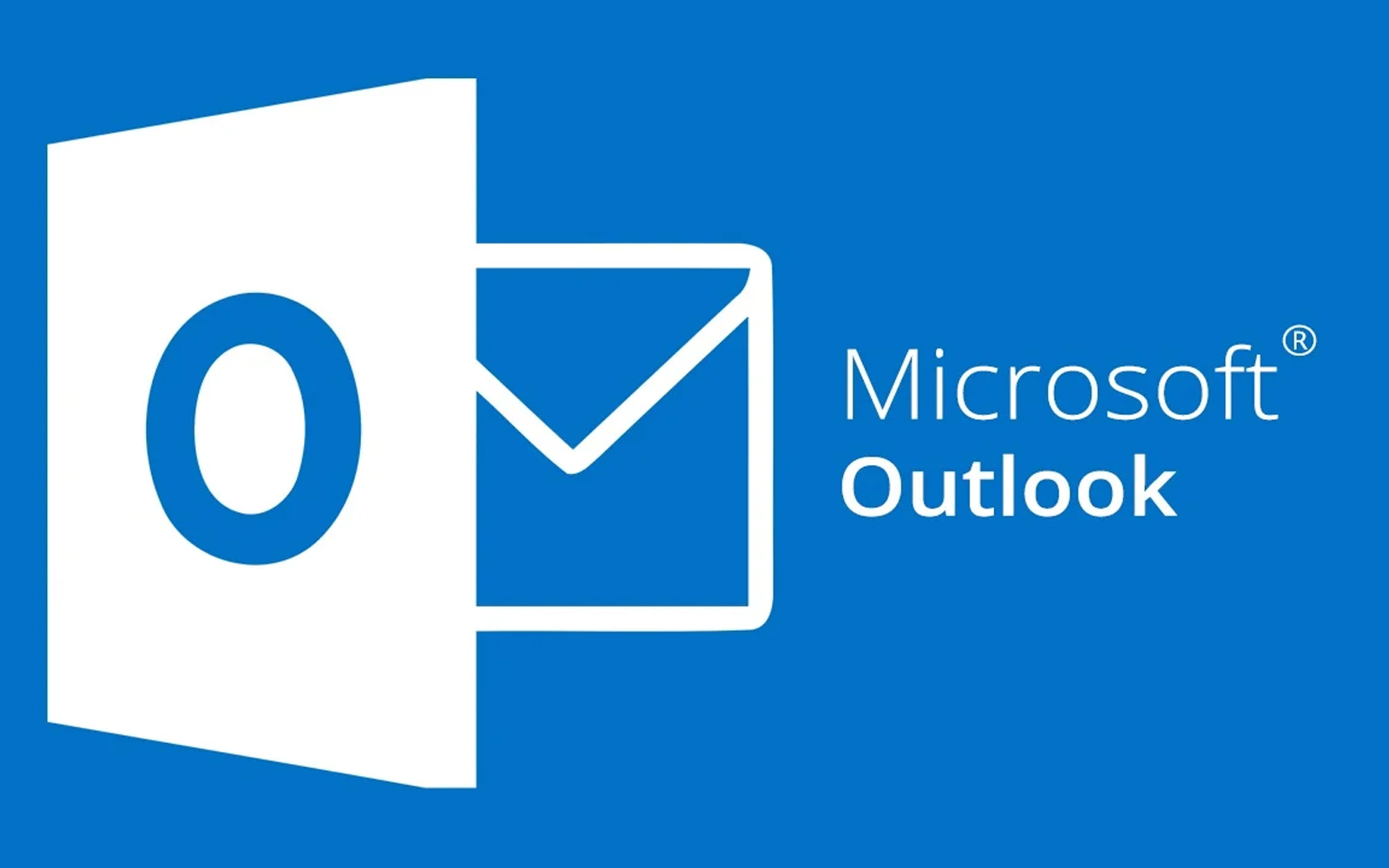
The new version of Outlook, which is based on the web service Outlook.com, has been officially available and recommended for home users since last September.
As of early August, Microsoft has also announced its general availability for businesses. This marks a significant step, as the application is now fully supported across various service channels.
However, this doesn’t mean that businesses are required to immediately switch from the classic version of Outlook. Microsoft has previously communicated that the traditional Outlook will remain available and supported until at least 2029. Here’s a quick summary of the deployment plan for the new Outlook.
At this stage, the transition is entirely voluntary. Microsoft has released the first part of its guide, showing users how to work with delegated mailboxes and calendars in the new Outlook. Those who prefer to stick with the classic version can continue doing so. Meanwhile, the development team is actively gathering feedback and working to add the most requested features.

At some point in the future, Microsoft will begin mandatory migration, but organizations will be notified of this change a full 12 months in advance. Even during this transition period, users will have the option to switch back to the classic version. Eventually, the final phase will be implemented, and at that time, users will no longer be able to revert to the old version. The new Outlook will become the default email client in all new Microsoft 365 installations, while existing installations with one-time licensed versions of Office will be maintained and supported until at least 2029. Organizations will be informed a year in advance before this phase begins as well.
Earlier this year, Microsoft shared details about both implemented and upcoming features. While the ability to run the new Outlook offline was expected to be available in March, the actual rollout began in June and is still ongoing. Some functionalities, such as support for POP3 and MSG/EML file formats, have already been delivered. S/MIME support is expected to arrive in September, and support for PST files is scheduled for March 2025.

Currently, the new Outlook holds an average rating of 3.4 out of 5 stars in the Microsoft Store. A significant number of users have rated it with just one star, citing various issues. Many find the client slow, note that the free version contains ads, and report synchronization problems. Additionally, some feel that the interface is overly complex compared to the Mail app for Windows 10/11. Businesses, on the other hand, are more likely to express concerns over missing features.


